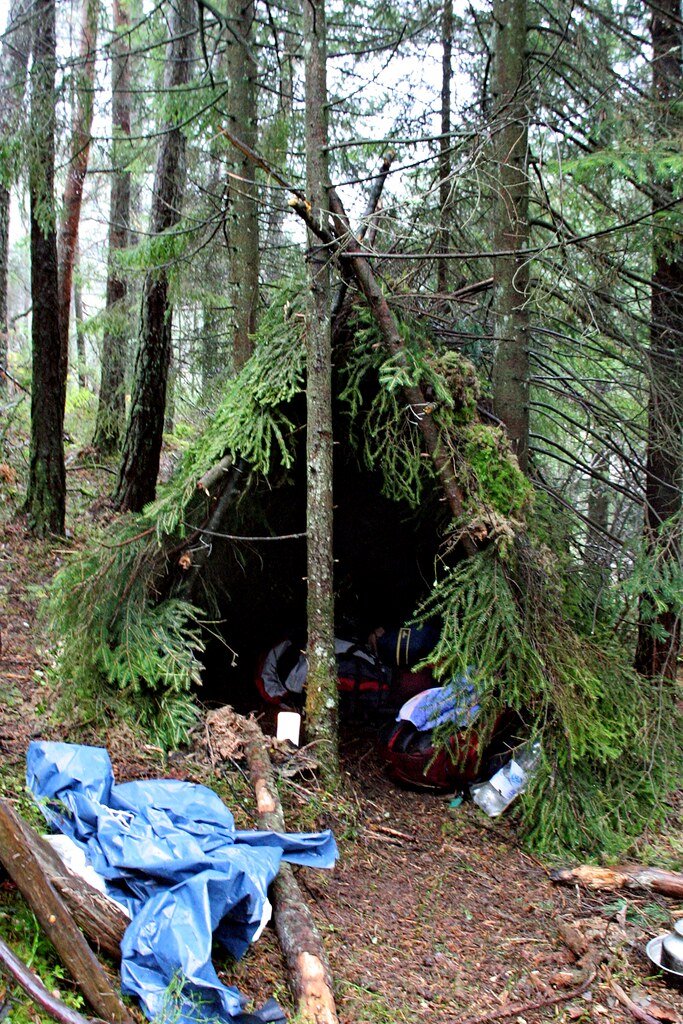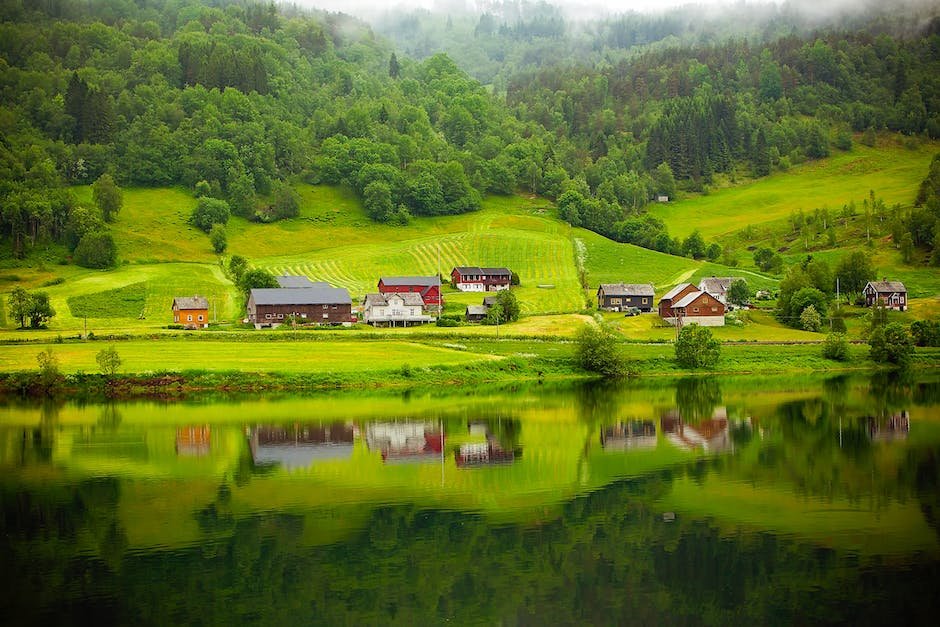Now Reading: Mastering the Art of Fire-Building: A Comprehensive Guide
-
01
Mastering the Art of Fire-Building: A Comprehensive Guide
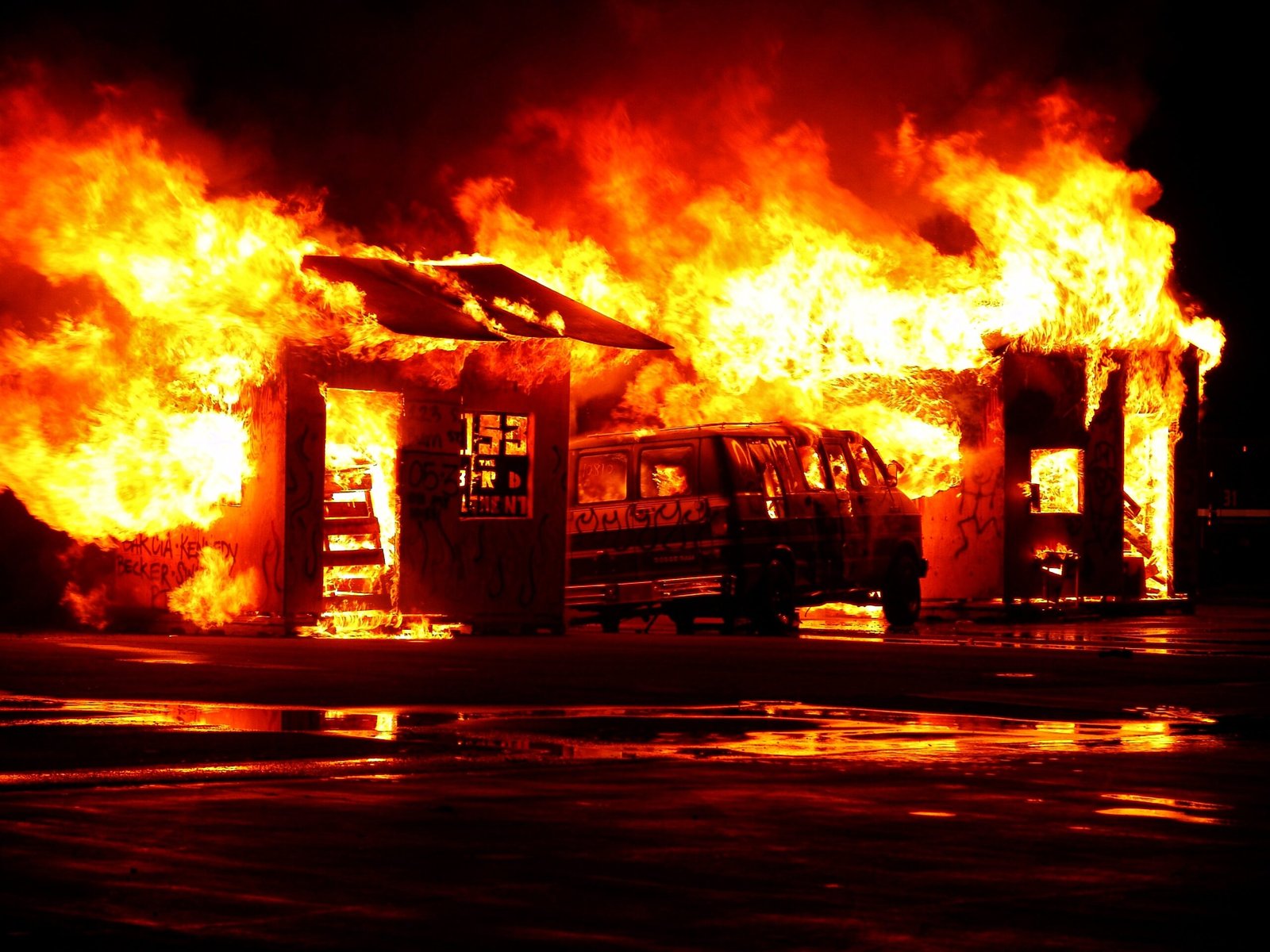
Mastering the Art of Fire-Building: A Comprehensive Guide
In the ancient dance between mankind and fire, lies a deep-rooted connection that transcends time and cultures alike. From flickering flames that once provided warmth and protection, to the mesmerizing glow that now graces our evenings around a campfire, fire has always held a mystical allure. But this captivating element, capable of nurturing or devouring with equal intensity, demands respect and knowledge to be truly harnessed. Welcome to a comprehensive guide that will take you on a journey to master the art of fire-building. From the initial spark to a robust inferno, buckle up as we delve into the intricacies, techniques, and secrets behind creating the perfect fire, while exploring the rich history and significance that fire holds to our species. So, let’s set ablaze the barriers of uncertainty and ignite the flames of expertise as we embark on this fiery expedition together.
Table of Contents
- The Basics of Fire-Building: Understanding the Fundamentals
- Selecting the Right Firewood: A Key to Successful Fire-Building
- Building the Perfect Fire Structure: Techniques and Tips
- The Art of Ignition: Sparking Flames with Expert Methods
- Nurturing the Fire: Essential Strategies for Sustaining a Strong Blaze
- Q&A
- In Conclusion
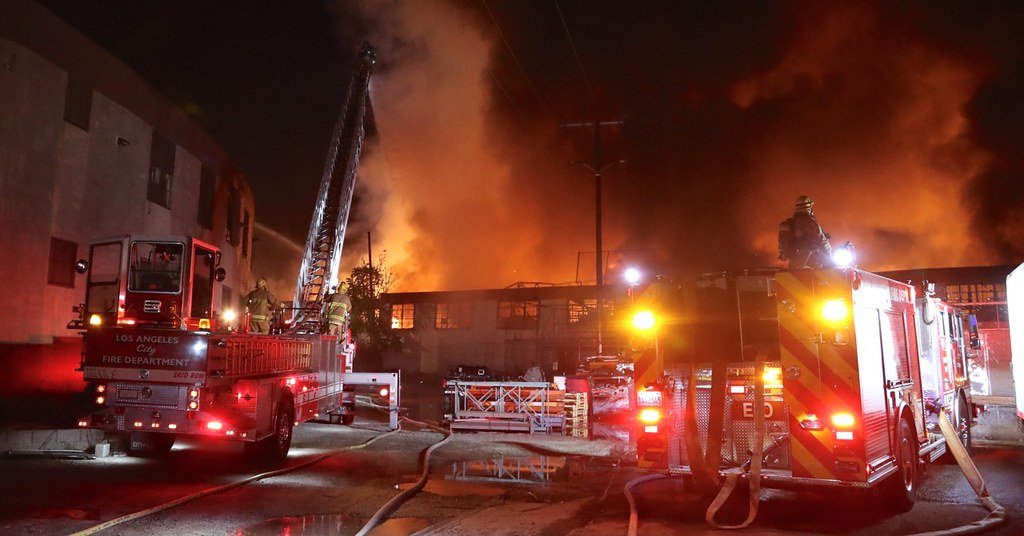
The Basics of Fire-Building: Understanding the Fundamentals
Fire-building is an essential skill for both outdoor enthusiasts and survivalists alike. Building a fire not only offers warmth and comfort, but it can also provide a means for cooking, signalizing help, and keeping predators at bay. To truly grasp the art of fire-building, it is crucial to understand the fundamentals that lay the groundwork for success.
1. Choosing the Right Location:
Finding the perfect spot for your fire is vital. Look for an open area away from overhanging branches, dry leaves, or any flammable materials. Ensure the fire pit or ring is clear of rocks, deep enough to contain the fire, and properly ventilated. Safety should always be a top priority.
2. Gathering the Necessary Materials:
Building a fire requires three main components: tinder, kindling, and fuel. Tinder refers to easily combustible materials such as dry grass, wood shavings, or even dryer lint. Kindling consists of small sticks or twigs that will catch fire from the tinder. Fuelwood, which is the largest part, sustains the fire once it is established. Remember to gather more than you think you need, as having a surplus ensures a long-lasting fire.
3. Arranging the Firewood:
Properly stacking the firewood is crucial for optimal burning. Consider building a teepee, log cabin, or lean-to structure. The teepee method allows for sufficient air circulation, promoting a strong initial burn, while the log cabin structure creates long-lasting embers. The lean-to is ideal for windier conditions as it provides additional protection. Experiment with these arrangements and find the one that works best for your needs.
Mastering the basics of fire-building sets the stage for countless adventures and unforgettable evenings around the crackling flames. Remember, fire safety should always be practiced, and fires should never be left unattended. With practice and patience, you will become an expert fire-builder, ready to conquer any outdoor challenge.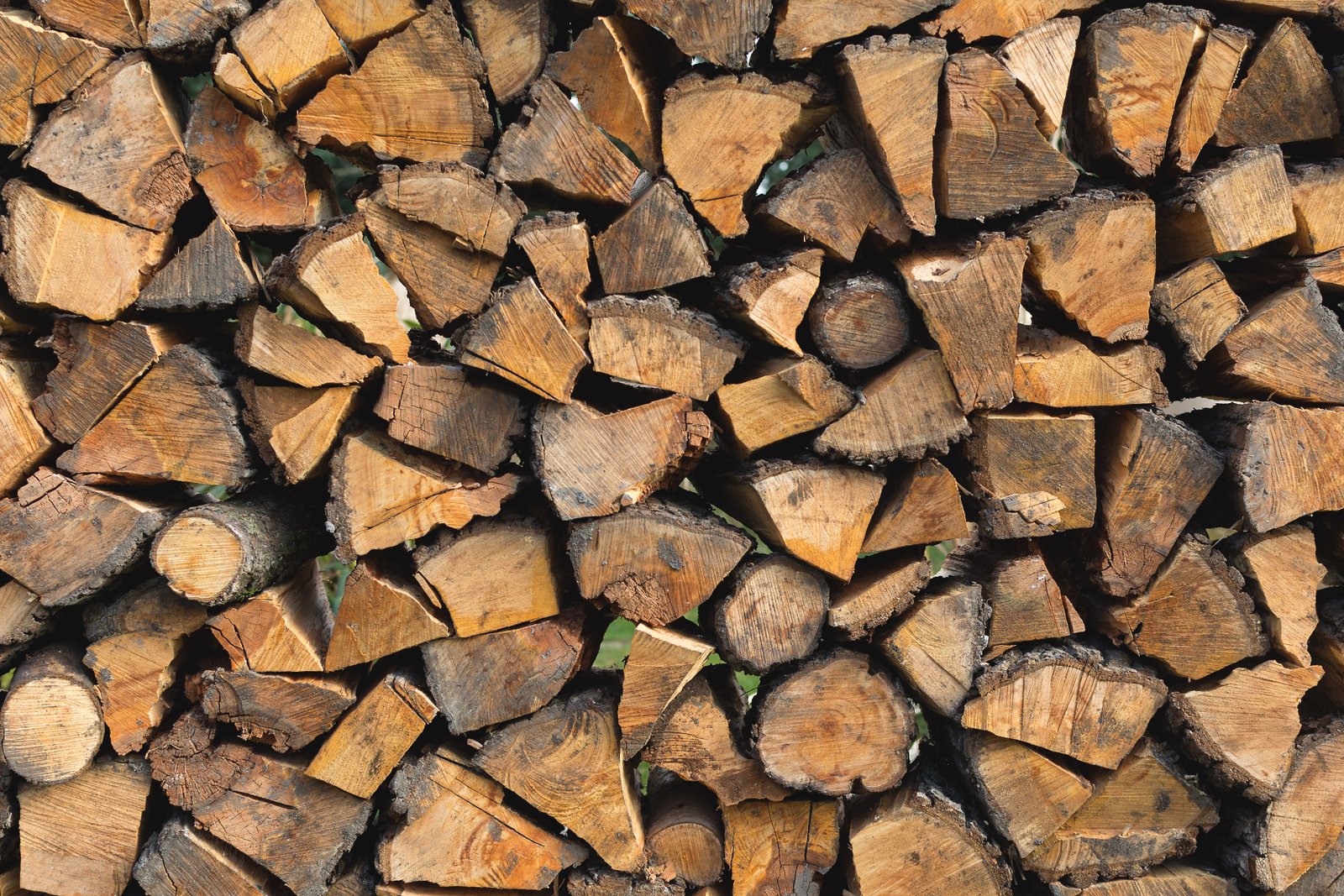
Selecting the Right Firewood: A Key to Successful Fire-Building
Building a fire is an art form, and like any masterpiece, it starts with selecting the right materials. The choice of firewood can make all the difference between a lackluster flicker and a roaring blaze that warms your soul. So, let’s delve into the world of firewood and explore the factors you need to consider for a successful fire-building experience.
1. Density Matters: When it comes to firewood, density is your best friend. Hardwoods such as oak, hickory, and maple have higher density levels than softwoods like pine or cedar. Opting for hardwoods ensures a longer burn time, higher heat output, and a more consistent flame. Remember, denser firewood means you won’t constantly be feeding the fire, allowing you to sit back and enjoy its radiant glow.
2. Moisture Content: The secret to a crackling fire lies in the moisture content of your firewood. Dry wood burns more efficiently and produces less smoke. To ensure your firewood is properly seasoned, look for logs that have been dried for at least six months. Splitting the wood exposes more surface area, further accelerating the drying process. Additionally, keep your firewood protected from rain or snow to maintain its ideal moisture levels.
3. Size and Shape: Just like puzzle pieces, firewood needs to fit together. Choose logs that are cut to a consistent length, typically around 16 inches, for convenience and ease of stacking. For a truly mesmerizing fire, consider varying diameters of firewood. Thinner pieces ignite quickly, while larger logs provide a slower burn. Combine both for a perfect harmony of flames and heat. Remember, an organized woodpile not only looks aesthetically pleasing but also ensures an efficient and hassle-free fire-building experience.
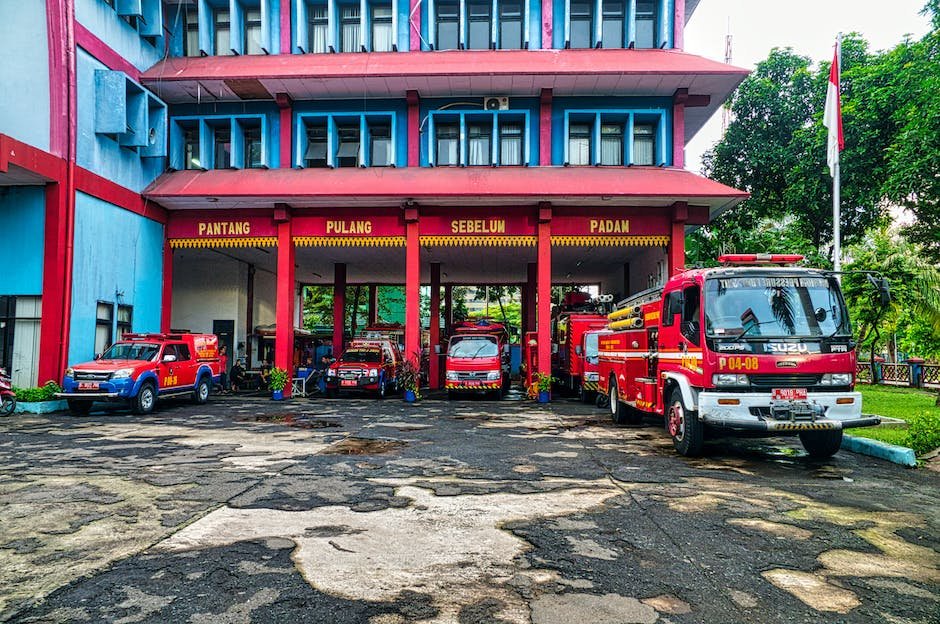
Building the Perfect Fire Structure: Techniques and Tips
When it comes to building a fire, the right structure can make all the difference. Whether you’re planning a cozy campfire or looking to ignite your backyard fire pit, mastering the art of fire building is essential. To help you achieve the perfect fire, we’ve gathered an array of techniques and tips that are sure to ignite your inner fire-building expert.
1. Choose the right location:
Before getting started, ensure you select a suitable location for your fire. Look for an area that is clear of any overhanging branches or debris. A safe distance from tents, bushes, and flammable objects is crucial. Additionally, placing your fire on a non-flammable surface like sand or rocks can help prevent accidents.
2. Gather your materials:
Building a fire requires three essential elements: tinder, kindling, and fuel. Tinder, such as dry leaves or newspaper, is used to initiate the flame. Kindling, which includes small twigs or sticks, serves to sustain the fire. Lastly, fuel, such as logs, provides a lasting heat source. Gathering these materials beforehand ensures a seamless fire-building experience.
3. Choose the right fire structure:
A well-designed fire structure helps control the burn rate, heat output, and longevity of your fire. Here are a few popular fire structures to consider:
- Tepee: Arrange kindling in a cone shape, leaning inward.
- Log Cabin: Arrange alternating layers of kindling and logs in a square shape.
- Star: Place logs in a star shape with a space in the center for tinder.
By experimenting with different structures, you can find the one that suits your fire-building needs and helps you achieve the perfect balance of heat and comfort.
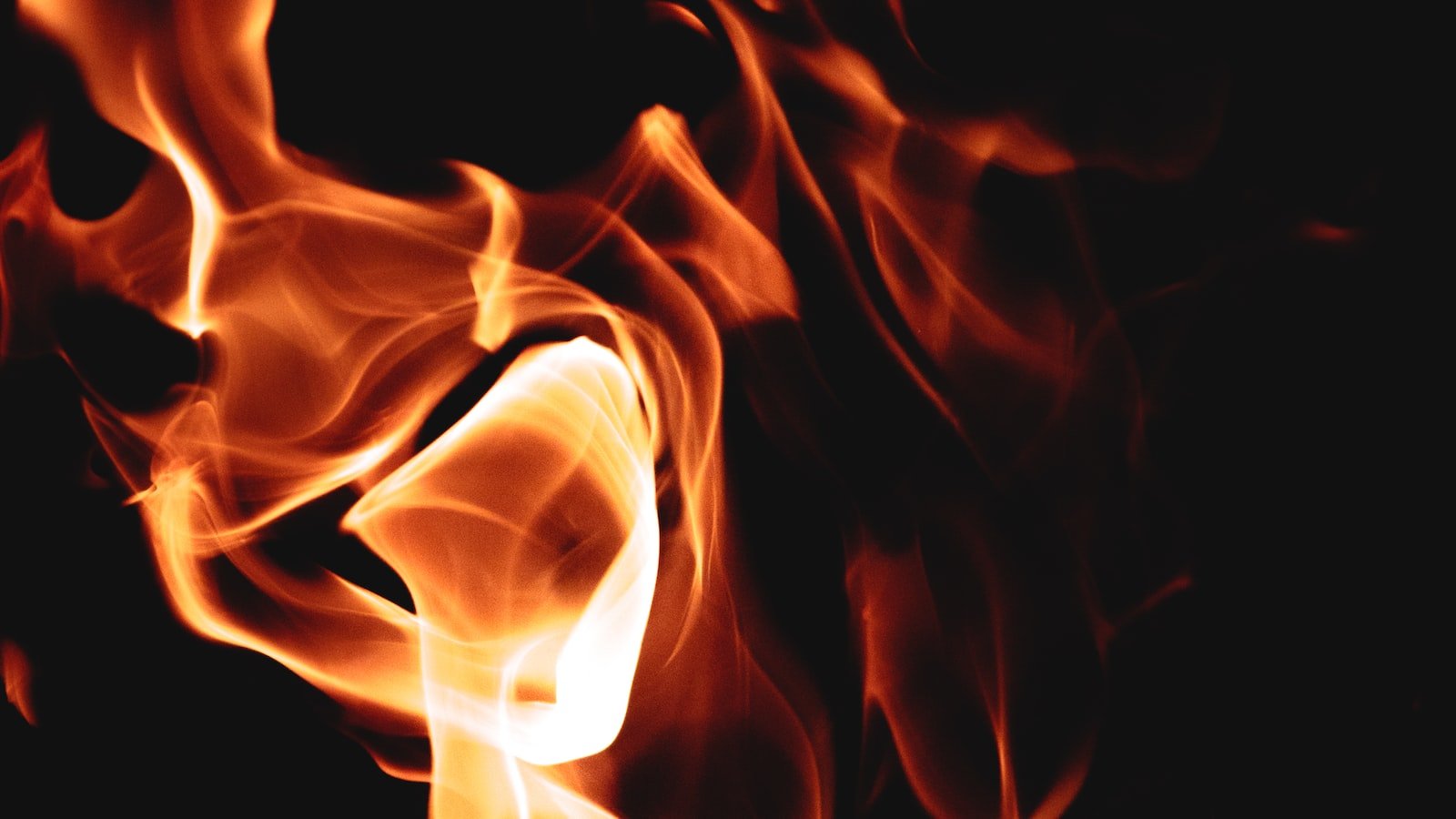
The Art of Ignition: Sparking Flames with Expert Methods
Discover the captivating world of fire-starting techniques through the mastery of ignition. Whether you’re an aspiring fire enthusiast or a seasoned pyromaniac, this post is a tribute to the artistry of igniting flames. Here, we delve into timeless methods and expert practices that will ignite your curiosity and fuel your passion.
Flint and Steel:
- As one of the oldest and most reliable ignition methods, flint and steel offer a traditional approach to starting a fire. The process involves striking a piece of flint against a piece of steel, creating sparks that ignite a tinder bundle. Remember, practice makes perfect when it comes to mastering this classic technique.
- Tip: Gather dry, fibrous materials like tinder fungus or charcloth to increase your chances of success.
Fire Pistons:
- Transport yourself back to ancient times with the fascinating art of fire pistons. Using a piston and cylinder mechanism, pressure is rapidly exerted, generating heat that ignites the tinder. This method requires precision and a touch of finesse to achieve combustion.
- Tip: Prepare your tinder bundle meticulously to optimize the chances of catching an ember from the fire piston.
Bow Drill:
- The bow drill method traces its origins back to our ancestors who harnessed the power of friction to kindle fires. By rotating a wooden spindle into a fireboard, the resulting friction creates enough heat to produce an ember. Understanding the proper technique and using the right materials are key to mastering this age-old fire-starting method.
- Tip: Choose a lightweight and sturdy bow to maintain the right amount of tension while drilling, and ensure your fireboard and spindle are made from compatible woods.
Unlock the secrets of fire creation and embark on a journey to kindle flames with finesse. Each method mentioned here carries its own unique charm and challenges, encouraging you to refine your skills and embrace the art of ignition. Choose your preferred technique, practice diligently with the guidance of seasoned craftsmen, and let the sparks fly!
Nurturing the Fire: Essential Strategies for Sustaining a Strong Blaze
Building a strong fire is one thing, but keeping the flames burning bright requires consistent nurturing and careful attention. Here are some essential strategies that will help you sustain a robust blaze:
- Fuel selection: Choose the right type of firewood to feed your fire. Hardwoods like oak, maple, and hickory burn longer and produce more heat compared to softwoods like pine or cedar. Ensure your fuel is properly seasoned and dry for optimal combustion.
- Proper airflow: A good fire needs oxygen to thrive. Make sure your firepit or fireplace has adequate ventilation. Arrange the logs to allow air to circulate through, and avoid overcrowding the fire with too many logs at once.
- Regular tending: Don’t let your fire burn out unattended. Keep an eye on the flames and periodically adjust the logs to maintain an even burn. Remove any ash or debris that may obstruct the fire’s progress.
- Maintain the right temperature: Like a delicate dance, a strong fire requires finding the perfect balance between too hot and too cold. Feed the fire with additional logs when it’s burning too low, or adjust the airflow to cool it down if the fire is roaring too fiercely.
- Add the unexpected: Sometimes, to sustain a strong blaze, you need to surprise it with a spark of something unexpected. Introduce aromatic herbs, dried flowers, or even a sprinkle of cinnamon to create a unique sensory experience and enhance the ambience of your fire.
Remember, nurturing a fire is an art that demands patience and skill. With these essential strategies, you can preserve the warmth and beauty of your blaze, keeping it strong and mesmerizing for all to enjoy.
Q&A
What are the essential tools for fire-building?
To master the art of fire-building, you’ll need some key tools. These include dry firewood, kindling, newspaper, matches or a lighter, and a sturdy fire pit or fireplace.
What is the importance of choosing the right firewood?
Selecting the right firewood is crucial since it directly impacts your fire’s performance. Hardwoods like oak and maple burn longer and produce more heat, while softwoods like pine ignite quickly and provide a warm ambiance. Always use well-seasoned wood to ensure a clean and efficient fire.
How can I properly stack firewood for optimal burning?
To stack firewood effectively, start with a solid base of larger logs placed parallel to each other. Continue layering smaller logs perpendicular to the base, creating a crisscross pattern. This allows for proper air circulation, ensuring that the fire burns evenly and lasts longer.
What is the best technique for lighting a fire?
To successfully light a fire, start by placing crumpled newspaper or dry leaves in the center of the fire pit. Add kindling in a teepee shape around the newspaper, leaving enough space for air to flow. Ignite the newspaper at multiple points, and once the kindling catches, gradually add larger pieces of firewood.
How can I ensure my fire burns clean and smoke-free?
To minimize smoke and ensure a clean burn, it’s vital to use dry and well-seasoned firewood. Avoid using wet or green wood, as it produces excessive smoke. Additionally, ensure proper air ventilation by leaving enough space between logs and using a fire grate or open fireplace design.
What are some safety precautions to consider while building a fire?
Safety should always be a top priority. Clear the area around your fire pit from any flammable materials. Keep a bucket of water or a fire extinguisher nearby. Never leave the fire unattended, and be cautious when adding more firewood. Remember to fully extinguish the fire before leaving the area.
How can I prevent sparks and embers from flying out of the fire pit?
To prevent sparks and embers from escaping the fire, use a spark screen or wire mesh cover. These accessories help contain the fire safely inside the pit while still allowing for proper air circulation. Additionally, avoid using excessively dry firewood, as it tends to produce more sparks.
In Conclusion
As the embers glow softly, casting a mesmerizing dance of light and shadow, we conclude our journey through the realms of fire-building mastery. We have embarked on a thrilling quest, unraveling the secrets of taming the ancient element that has captivated humankind since the dawn of time.
From the flickering flames of a campfire beneath a star-studded sky to the comforting warmth of a crackling fireplace in the heart of a cozy living room, the art of fire-building has woven its way into the fabric of our existence. With the knowledge and techniques shared in this comprehensive guide, you are now equipped to step into the role of a true fire maestro.
We began our odyssey by delving into the fundamentals, acquainting ourselves with the essential elements necessary for a triumphant fire-starting ceremony. Through trial and error, we discovered the importance of selecting the right kindling, mastering the art of arranging logs, and leveraging the elemental dance between oxygen, fuel, and heat.
But our exploration went far beyond the basics. We ventured into the world of fire-building techniques, uncovering the wisdom passed down through generations. From the Swedish Torch to the Teepee, the Indian Fire Bed to the Dakota Fire Hole, we left no stone unturned on our pursuit of mastery.
Moreover, we delved into the realm of fire safety, empowering you with the invaluable knowledge to ensure the warmth and beauty of your flames never become a raging inferno. We cautioned against the hazards of neglect, offered insights into the art of extinguishing fires, and underlined the significance of responsible fire management.
Now, armed with the amassed knowledge, you stand as a sentinel of the ancient craft, capable of bringing warmth, light, and indescribable ambiance to any setting. Whether you find yourself venturing into the wilderness or simply creating a sanctuary within the boundaries of your home, you carry the torch of fire-building expertise with grace and finesse.
As we bid farewell to this comprehensive guide, we encourage you to embrace your newfound mastery with utmost reverence and respect. For fire, like any force of nature, commands a delicate balance of artistry and responsibility. So go forth, ignite the flames of inspiration, and continue your relentless pursuit of excellence in the mesmerizing realm of fire-building.
As an affiliate, my content may feature links to products I personally use and recommend. By taking action, like subscribing or making a purchase, you’ll be supporting my work and fueling my taco cravings at the same time. Win-win, right?
Want to read more? Check out our Affiliate Disclosure page.


